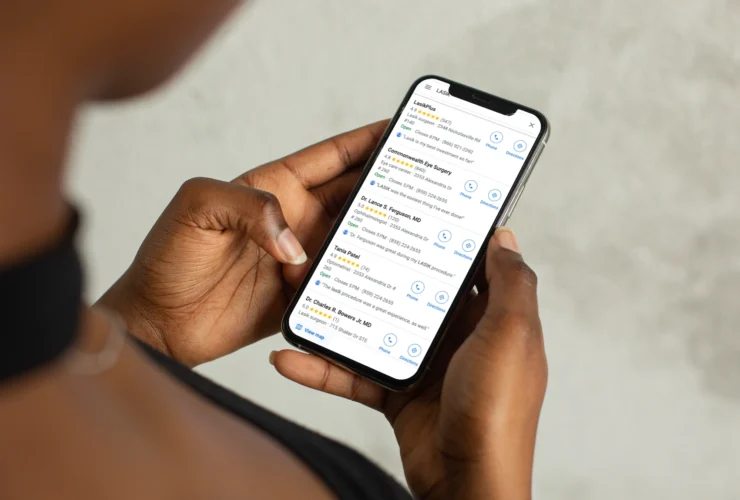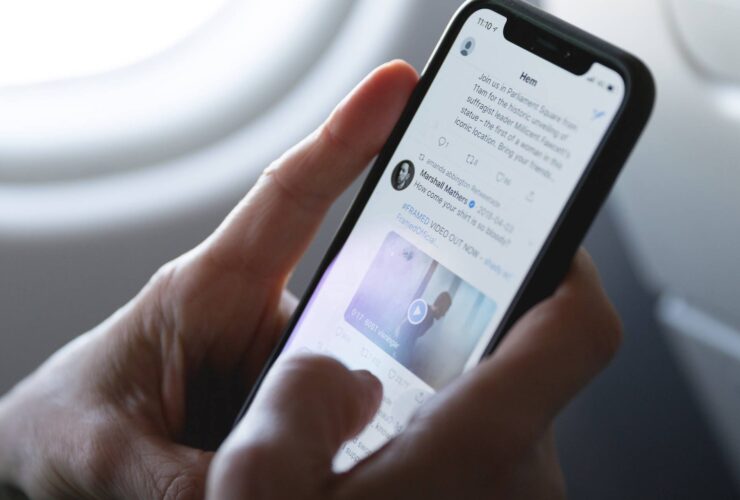The Psychology of Why We Share Things Online
The Internet is inherently social – from Facebook posts and Tweetstorms to viral YouTube videos and those articles your mom keeps emailing you, we all love sharing.
But why do we share the content we discover, read, and watch online? What compels us to click that share button and spam all of our friends and co-workers with what we just found? Are we really hoping that funny cat image we found will go viral and we’ll be the next ________________ (fill in the blank)? Or is sharing something that’s hard-wired into us?
In this post, we’ll explore the psychology of why we share content online, why it matters, and how you can use these psychological principles to your advantage when marketing your practice.
Online sharing is having an impact on how we process and manage information. According to a 2011 New York Times Customer Insight Report, three in four (73%) report that they process information more deeply, thoroughly, and thoughtfully as a result of sharing it with others.
Further, four in five (85%) say that the responses they get to shared content help them to understand and process the information more thoroughly.
These numbers show that a good number of people share content to process it and get the opinions of those around them; however, different people share content for vastly different reasons:
Altruists:
These people are primarily motivated by a sense of duty to bring valuable content to those around them, to let them know that they care. Altruists are also motivated by a desire to get the word out about causes – and brands – they believe in. While this group is less motivated by self-interest, they still likely to know that what they share was received and appreciated.
Careerists:
Focused on developing a strong network of personal and professional contacts, Careerists like to bring content and people together in ways that are actionable (and they enjoy getting credit for doing so). They share to create discussion and debate and to elicit useful recommendations.
Boomerangs:
Motivated primarily by the reaction they get back from sharing, Boomerangs like to stir the pot, start a debate and generate a lot of comments and “likes.” For Boomerangs, a negative response is better than no response at all.
Connectors:
Sharing for Connectors is about mutual experiences and staying connected. For Connectors, sharing is not just about distributing content, it is about including others in a shared, content-based experience. Connectors share things that will bring them together in person, such as coupons for shopping or restaurants, and they like to share to create new connections with like-minded people.
Selectives:
This segment shares information that they feel will be of value to a particular person, and only if they think the recipient would not have found it on her own. Given the time and consideration invested in what they share, Selectives expect that the recipient will respond and express their appreciation for the content they have found.
Not only are there different types of sharers, but there are 5 primary reasons why people share content:
- To bring valuable, enlightening, and entertaining content into the lives of people they care about.
- To define themselves.
- To grow and nourish their relationships.
- Self-fulfillment.
- To get the word out about causes they believe in.
Emotions Affect Decisions
We intuitively understand that emotions affect our behavior, even if emotions have nothing to do with the issue at hand. (How many times have you waited until your spouse or significant other was in a really good mood to tell them about that speeding ticket you just got?)
Jonah Berger, the Joseph G. Campbell Jr. Assistant Professor of Marketing at the University of Pennsylvania suggests that feeling fearful, angry, or amused drives people to share news and information.
In The Upside of Irrationality, psychologist Dan Ariely sets out to explore this concept further. He began by showing subjects either an annoying or amusing video, and then asking them to write about a similar experience in their own life. The subjects then participated in a variant of the Ultimatum Game in which they had to accept or reject an offer.
The somewhat unfair split ($7.50/$2.50) was much more likely to be rejected by the annoyed/angry participants than the happier ones. The offer was the same, but the emotional carryover from the video and writing exercise markedly altered their behavior on the unrelated money decision.
But what’s most surprising is the reaction of the participants after the emotions had dissipated: despite the absence of the emotional stimulus, the subjects behaved consistently with their previous decision, suggesting that the behavior first triggered by the irrelevant emotion had itself become internalized.
When consumers encounter great content – useful, enlightening or simply entertaining – they feel an instinctive need to share it:
- Two in three (65%) report that when they find valuable information, they have to share it.
- Three in five (58%) say it would be difficult to stop sharing information online.
- Indeed, the very act of learning and discovering information is inseparable from sharing it, as three in four (76%) say that sharing is half the fun of finding information.
So, while technology has enabled consumers to share more content with more people more often, the compulsion to share and the enjoyment of sharing are important parts of our lives.
Why It Matters for You
Emotion and the nature of a piece of content can deeply influence the reasons it is shared, the way in which it is shared, and the types of people that share it.
In order to make the most of your marketing by incentivizing people to share your content, consider the following principles:
Embrace Connection
Appeal to customers’ motivations to connect with each other – not just with your brand. Even though you’re representing a business, embracing the human connection communicates a more authentic story that is more likely to resonate with your audience and get shared by them.
Trust is essential
If people don’t trust your brand, they will be less likely to share your story. Don’t try to con anyone into sharing your content – simply offer value and let them decide for themselves whether to share or not.
Keep it simple
The simplest, most authentic stories win. Don’t try to overcomplicate things by telling too complex of a story – the best stories tell themselves.
Appeal to consumers’ sense of humor
A funny piece of content has a much higher chance of being shared, as it influences our emotions and gets us in a sharing mood.
So now that you’re educated about the psychology of sharing, fire up Twitter and…
Just kidding. Only share this post if you want to 🙂








![Messenger healthcare marketing | the best times to post on facebook, twitter, linkedin & other social media sites [infographic] Messenger healthcare marketing | the best times to post on facebook, twitter, linkedin & other social media sites [infographic]](https://messenger.md/wp-content/uploads/2018/03/age-740x500.jpg)